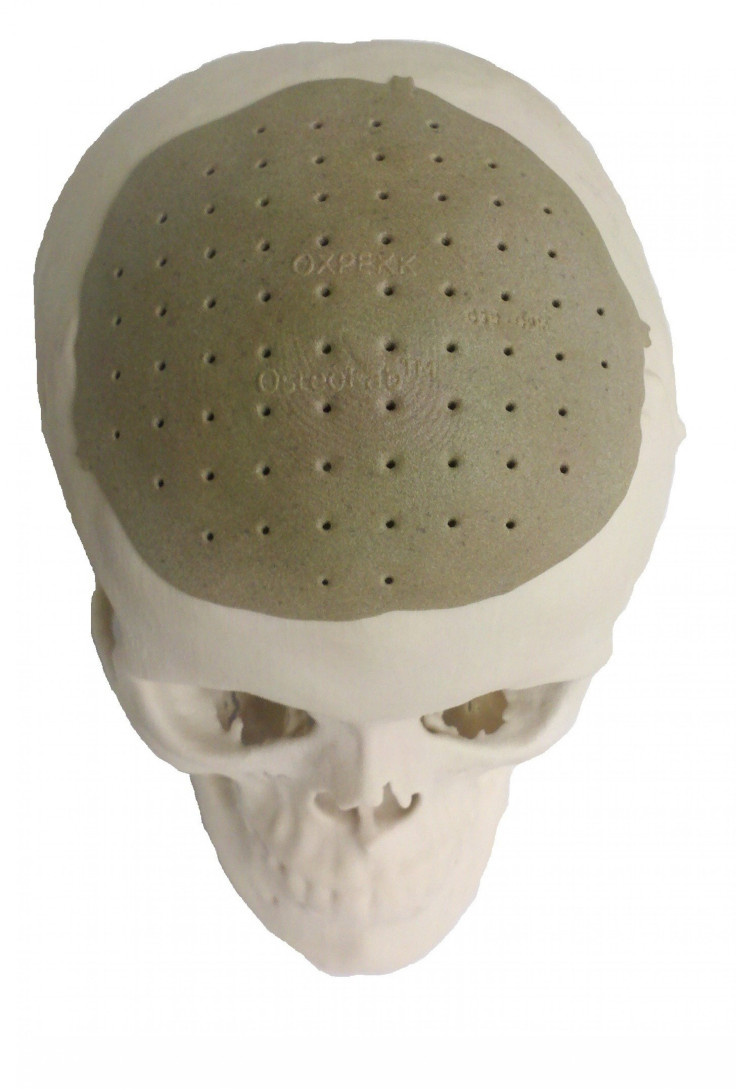Man Replaces 75 Percent Of Skull With 3-D Printed Materials

3-D printing allows you to create whatever you can imagine, from toys and gizmos to even more complex objects like guns and cars. Now, it seems 3-D printing has finally made its way to medicine: An unnamed male patient in the U.S. has reportedly replaced 75 percent of his skull with 3-D printed materials.
According to News Limited, the patient had his head imaged by a 3-D scanner before South Windsor, Conn.-based Oxford Performance Materials (OPM) gained approval from U.S. regulators to print the bone replacement.
OPM's final skull replacement was built within two weeks, and inserted in the patient's skull in an operation performed earlier this week; this cutting-edge procedure was only just revealed on Friday. That said, details about the patient's condition both before and after surgery remain unknown. We've reached to OPM for comment about his condition and for other information about this groundbreaking technique, and we'll update this article as soon as we learn more.
The bone implant from OPM isn't made of simple plastic: The company etched small but important surface details into a polyetherketoneketone solution, which is said to help encourage the growth of new cells and bone.
According to the report, OPM was granted approval by the U.S. Food and Drug Administration (FDA) back on Feb. 18, which means the company can now provide 3-D printed replacements for bones damaged by trauma or even disease. The company says this technique could benefit more than 500 U.S. citizens each month, from injured factory or construction workers to wounded soldiers.
If the technique proves to be a cheap and efficient solution for injuries or patients with bone loss, 3-D printing could become a major mainstay in medicine. According to OPM, producing a finished bone implant can take less than two weeks once the company has received the 3-D scans of the impacted area.
© Copyright IBTimes 2024. All rights reserved.





















